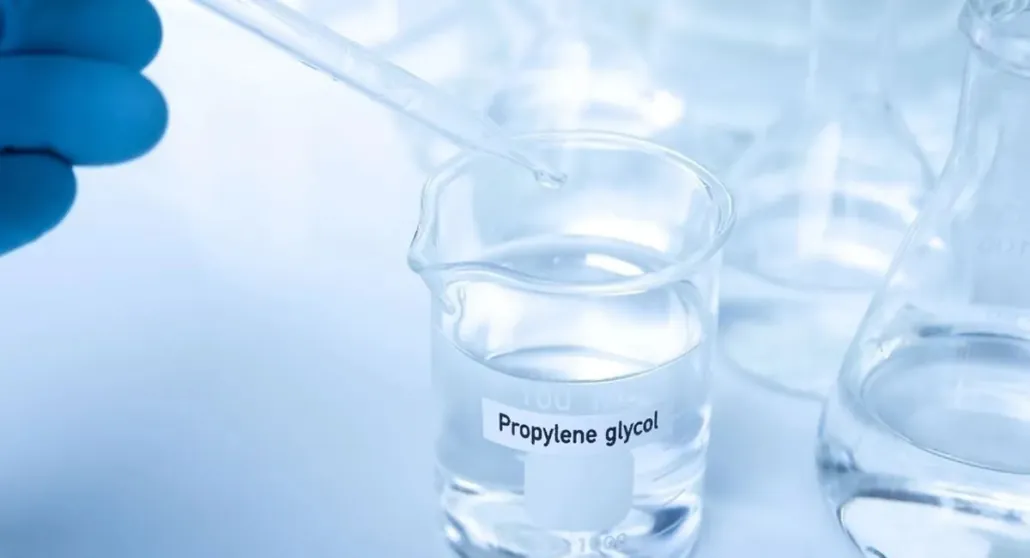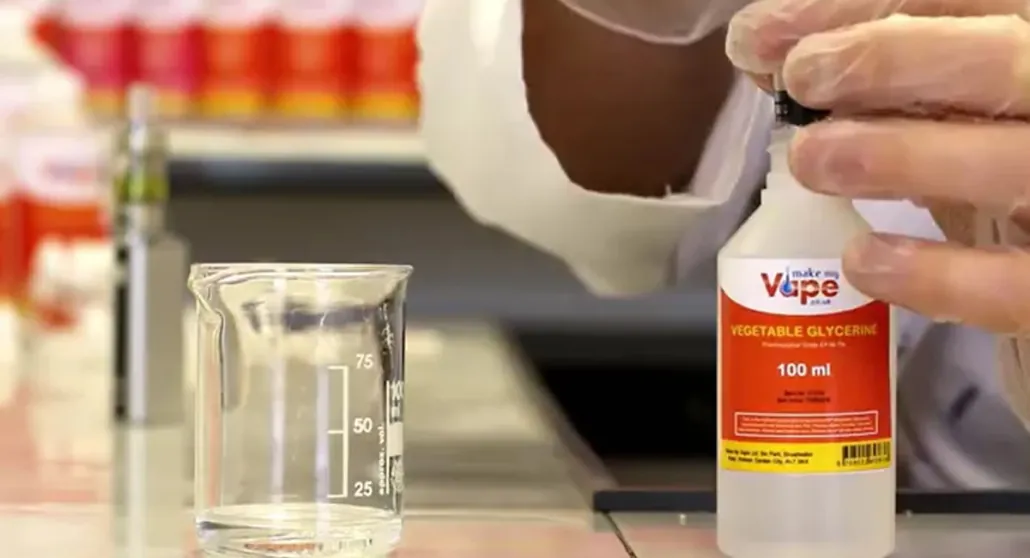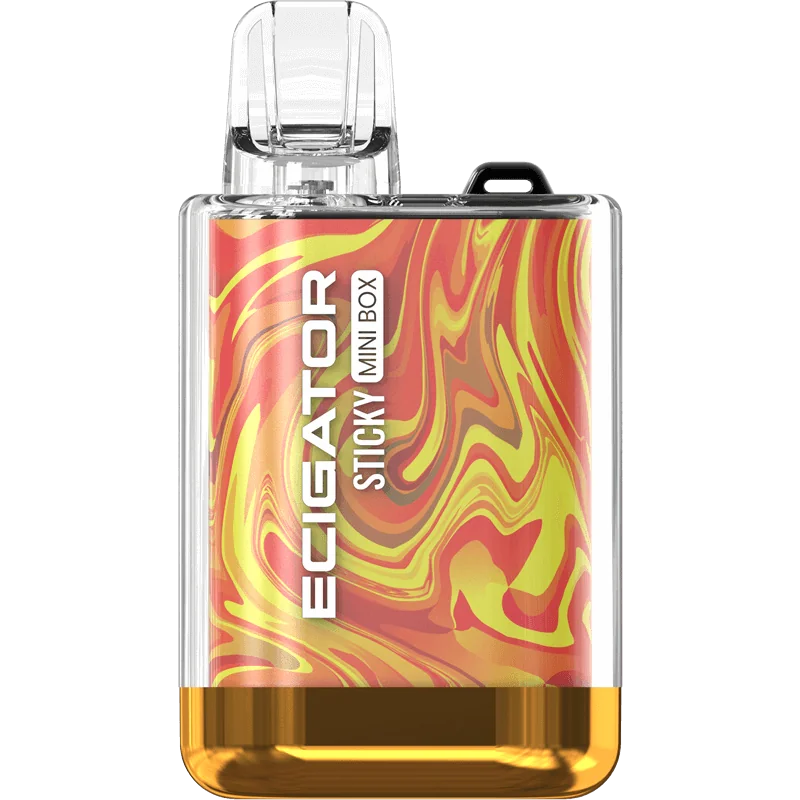Is PG and VG Safe to Vape? Understanding the Risks and Benefits
As the vaping industry continues to grow, many consumers are questioning the safety of the ingredients found in e-liquids, particularly propylene glycol (PG) and vegetable glycerin (VG). These two compounds serve as the base for most vape juices, but their long-term health effects remain a topic of ongoing research and debate. In this comprehensive guide, we will explore the roles of PG and VG in vaping, their potential risks, and how to navigate the vaping market responsibly.
Understanding Propylene Glycol in Vaping
The Role of Propylene Glycol in E-Liquids
Propylene glycol is a key component in many e-liquids, serving as a carrier for both flavor and nicotine. It is known for delivering a strong throat hit that mimics the sensation of smoking traditional cigarettes. Unlike VG, PG produces less visible vapor, making it a popular choice for those seeking a discreet vaping experience.
E-liquids can contain varying ratios of PG and VG, catering to different preferences:
- 70PG/30VG: Ideal for intense flavor and a pronounced throat hit
- 50PG/50VG: A balanced blend of flavor and vapor production
- 30PG/70VG: Smoother hit with increased vapor production
However, a study published in Scientific Reports found that the combination of PG and VG in e-cigarette aerosols has been linked to airway inflammation and mucus hyperconcentration. This highlights the importance of understanding the potential health implications of these ingredients.

Potential Allergic Reactions to PG
While PG is generally considered safe, some individuals may experience allergic reactions to this ingredient. Symptoms can range from mild to severe and may include:
- Scratchy or dry throat
- Skin irritation
- Nausea
- Headache
- Sinus problems
If you experience any discomfort after vaping, consider trying different PG/VG ratios or consult with a healthcare professional to rule out a PG allergy.
Choosing the Right PG/VG Ratio for Your Experience
Finding the perfect balance between PG and VG is crucial for an enjoyable vaping experience. Consider the following factors when selecting your e-liquid:
- Flavor intensity: Higher PG ratios tend to deliver more pronounced flavors
- Throat hit: PG provides a stronger throat hit, which many former smokers prefer
- Vapor production: VG is responsible for creating dense, visually appealing vapor clouds
- Allergies or sensitivities: If you experience discomfort with high PG ratios, opt for VG-dominant e-liquids
Experimenting with different ratios will help you find the sweet spot that suits your preferences and minimizes any potential side effects.
Read more:
WHAT ARE PG AND VG AND HOW TO USE THEM?
The Safety Profile of Vegetable Glycerin
VG’s Function in Vapor Production
Vegetable glycerin is renowned for its ability to produce dense, visually appealing vapor clouds. It is thicker than PG and lends a subtle sweetness to the vaping experience. High VG content is often preferred by cloud chasers or those with a sensitivity to PG.
A study referenced by Niagara Recovery concluded that VG aerosols produced minimal cytotoxicity and did not induce significant genotoxic effects. However, further research is needed to fully understand the long-term effects of inhaling VG.
Comparing VG to PG in Health Terms
When considering the health aspects of vaping, it is important to understand the differences between PG and VG. PG is known for its flavor-carrying properties and stronger throat hit, while VG offers increased vapor production and a smoother experience.
While both PG and VG are generally recognized as safe by the FDA, individual reactions can vary. It is crucial to monitor how your body responds to different ratios and choose e-liquids that align with your health priorities.
Ecigator emphasizes that both PG and VG are included in vape juice because they can carry flavors and nicotine once the juice has been converted to aerosol or “vapor.” The site also notes that the ideal ratio depends on personal preference and device compatibility.

Understanding VG Allergies and Sensitivities
Although rare, some individuals may experience sensitivities or allergies to VG. Symptoms can include:
- Scratchy or sore throat
- Skin irritations or rashes
- Nausea or headaches
- Dizziness or impaired coordination
If you suspect a VG sensitivity, consider trying a different PG/VG ratio or consulting with a healthcare professional.
FDA’s Stance on Vaping Ingredients
Regulatory Perspective on PG and VG
The FDA has deemed both PG and VG as safe for use in e-liquids, with only minor side effects reported. However, the vaping industry is facing increased regulation in safety standards and marketing practices to protect consumers.
In a statement, the FDA highlighted its efforts to address the epidemic of youth e-cigarette use, including actions against companies that market to minors and the development of a comprehensive plan to regulate tobacco and nicotine products.
The Impact of Flavorings and Additives
Flavorings and additives in vape juices can significantly impact the overall experience, but not all are created equal. Some, like diacetyl, have been linked to health risks. To ensure a safer vaping experience, consider the following tips:
- Use e-liquids with natural flavorings
- Opt for high-quality heating elements
- Store vape juices properly
The American Lung Association warns that e-cigarettes contain a number of potentially harmful chemicals, including flavorings, propylene glycol, vegetable glycerin, and other additives. They stress the importance of researching the ingredients in vape juice and understanding the potential risks.
Nicotine, CBD, and THC in Vape Products
Nicotine is the primary addictive substance in many e-liquids and carries its own set of health risks. CBD and THC, compounds derived from cannabis, can also be found in specialized vape juices. It is essential to choose vape products that comply with regulations to ensure safety and be aware of the potential health effects and legal implications of vaping these substances.
The CDC has reported on the outbreak of lung injuries associated with the use of e-cigarettes, particularly those containing THC. They advise against using e-cigarettes or vaping products that contain THC, especially from informal sources like friends, family, or online dealers.
Potential Health Risks and How to Avoid Them
Identifying Harmful Substances in Vape Juice
While PG and VG are generally recognized as safe, other components in vape juice can be more dubious. Always be vigilant about the ingredients in your e-liquid, paying close attention to:
- Flavorings: Some may contain harmful substances
- Nicotine/CBD/THC: Varies in effect and regulation, be cautious with sources
The National Academies of Sciences, Engineering, and Medicine conducted a comprehensive review of the health effects of e-cigarettes and concluded that while they expose users to fewer toxic substances than traditional cigarettes, they still pose health risks. The report emphasizes the need for further research and regulation of these products.
The Importance of Quality in E-Liquids
The quality of e-liquids can greatly influence your vaping experience and the potential for side effects. Lower-quality ingredients may lead to headaches, coughing, or dry mouth. Choose reputable manufacturers to reduce the risk of exposure to harmful chemicals.
Consumer Reports advises consumers to purchase e-liquids from reputable sources, read labels carefully, and avoid products with unknown or potentially harmful ingredients.
Alternatives to Vaping for Nicotine Intake
If you are seeking to quit nicotine altogether, consider exploring alternatives to vaping, such as:
- Nicotine Replacement Therapies (NRTs): Gums, patches
- Heated tobacco products
- Nicotine pouches
- Non-nicotine vaping options
Remember, the ultimate goal for your health should be to cease nicotine use entirely.
The American Cancer Society provides a comprehensive guide to nicotine replacement therapy, outlining the various options available and their effectiveness in helping smokers quit.
Navigating the Vaping Market Responsibly
Assessing the Safety of Vape Juice Components
To assess the safety of vape juice components, consider the following:
- Propylene Glycol: Generally safe, watch for allergic reactions
- Vegetable Glycerin: Safe in most cases, used for vapor production
- Flavorings: Can vary, some may contain harmful substances
- Nicotine/CBD/THC: Varies in effect and regulation, be cautious with sources
Public Health England has stated that e-cigarettes are 95% less harmful than tobacco cigarettes and have the potential to help smokers quit. However, they also acknowledge the need for continued research and monitoring of these products.

Ecigator Sticky Open Pod Kit
The Sticky Open Pod Kit is a contemporary vaping device that combines functionality with fashion. This kit is designed with a box-style form factor, offering a compact and stylish appearance that’s ideal for vaping enthusiasts on the move.
At the heart of this kit is a Refillable Open Pod System, with a capacity of 2ml, perfect for accommodating a variety of e-liquids. The pod is equipped with a high-quality Mesh Coil that not only ensures a rich and flavorful vaping experience but also boasts durability for up to 8 Refills.
How to Choose a Reputable Vape Product
When selecting a vape product, consider the following:
- Research the brand’s track record and customer reviews
- Verify that the product has no nicotine and other harmful substances
- Look for transparency in ingredient sourcing and manufacturing processes
Consult healthcare professionals for personalized advice on vaping and its risks, and always choose products from reputable sources to minimize your risk.
The Vaping Industry Association is a trade organization that represents the interests of the vaping industry while promoting safety and responsibility. Their website provides resources for consumers and businesses alike.
Educating Yourself on Vaping Myths and Facts
To make informed decisions about vaping, it is crucial to separate myths from facts. Stay up-to-date on the latest research findings and engage in discussions about safer alternatives to both smoking and vaping. Consult healthcare professionals for guidance on how to quit effectively if that is your goal.
The Truth Initiative offers a wealth of information on e-cigarettes, including facts, statistics, and regulations. They also provide resources for those looking to quit vaping or smoking.
Conclusion
While PG and VG are generally considered safe for vaping, the long-term health effects of these compounds are still being researched. It is crucial to be aware of potential allergies or sensitivities, as well as the impact of other ingredients like flavorings and additives.
To navigate the vaping market responsibly, choose high-quality e-liquids from reputable manufacturers, stay informed about the latest research, and consider alternatives to vaping for nicotine intake. By prioritizing safety and making informed decisions, you can minimize the potential risks associated with vaping.
- Minneapolis Sets $25 Minimum Price for E-Cigarettes - July 11, 2025
- Alabama Schools to Implement New Anti-Vaping Policies - July 11, 2025
- Is Vaping and Driving Illegal in Rhode Island? (2025 Guide) - July 10, 2025









